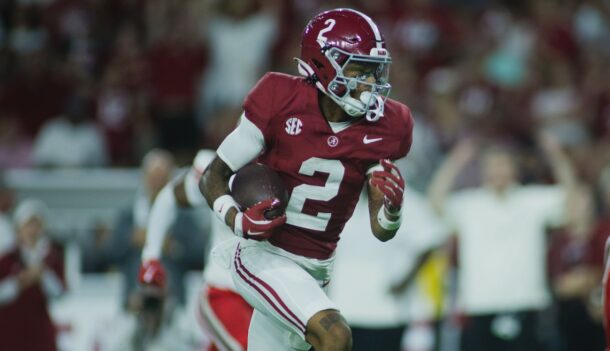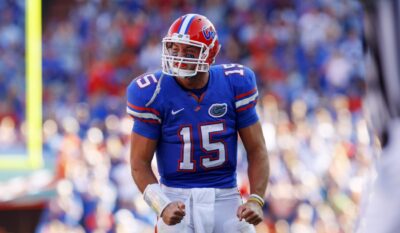The smartest and wealthiest minds in the NFL and in college football have pondered the question for years: How do we protect the value of the in-stadium experience as it becomes ever more tempting to stay home?
It’s a more acute problem in the NFL with the proliferation of fantasy football, gambling and a fan base that generally has a greater interest on average in the 31 other teams. Plus there’s those pesky pro contracts that franchises must pay the players, a huge percentage of which stem from stadium revenue.
And whereas often the highest blood-alcohol concentration at college games is found in the student section, the tailgate in the parking lot and the upper deck at Death Valley, it’s become a real problem at NFL stadiums, pushing out many families with wives and children.
Still, almost every SEC game is on TV now, either through CBS, ESPN, ESPN2, SEC Network, ESPN News, Fox Sports… you get the picture. Home entertainment systems are better and more affordable than ever, while parking and stadium hot dogs are more and more expensive. We’re less patient by the year, meaning we’re less inclined to wait hours in traffic and it takes more to keep us entertained between plays and quarters. The biggest college games — the Iron Bowl, for instance — can be at least as expensive as Disney World for a family of four.
Improving in-stadium connectivity for smart phones and other handheld devices is a major potential improvement. Levi’s Stadium in Santa Clara, Calif., added 1,200 WiFi access points inside the stadium so those in attendance can expect great connection, no matter how crowded the game. Merging electronics with food and beverage orders is another option, preventing fans from missing parts of the game waiting in long lines just to spend $30 on food they could get for $5 at Wal-Mart.
Several NFL and college stadiums have added cabanas or in-stadium pools. There are “fan caves,” a Yahoo! Fantasy Football Lounge, on-demand, hand-held replays and niche high-end cuisine (can you say churro dog?).
But it’s possible that the quickest path to a better in-game experience is through the addition of giant, state-of-the-art LED screens (or “jumbotrons” in common lexicon).
The Dallas Cowboys sent out the first salvo, building a stadium/palace for about $1.2 billion. As you can imagine, everything is state-of-the-art. There are more gadgets and entertainment options than even the most famous shopping malls. But the centerpiece of the entire facility was the world’s largest LED display: 23,040 square feet of 1080 HD video. (The Jacksonville Jaguars since have gone even bigger.)
If you’ve never been to AT&T Stadium, the site of the first-ever College Football Playoff championship, it’s almost impossible to watch the action on the field. Depending on your vantage point — unless you have seats very, very close to the field — it’s much more enticing to watch entire games on the giant video screen.
Texas A&M, flush with similar Lone Star State oil money, took note, incorporating what was then the largest video board in college football into a $450 million expansion and renovation of Kyle Field. At 47-by-163 feet, it bested the size of the board at the University of Texas. ESPN ranked it as the second-best video board in college football — ahead of No. 3 Arkansas and No. 7 Mississippi State — in July before even seeing the finished product.
Not to be outdone, Auburn will wrest away the title of “largest video board in college football” with a $3.5 million addition to Jordan-Hare Stadium.
There are numerous possibilities not limited to the score and replays. College teams may start to pour more money into video production and make their own features like you see at halftime of major national TV games, highlighting their players or coaches with in-stadium video spots.
The NFL has done well by mandating that teams incorporate the RedZone channel in stadiums. No single college football show has the rights to every game, but perhaps there’s room for some equivalent at the college level that would allow fans to keep up with the action around the country, or at least around the conference.
It’s something that the student-athlete can enjoy as well as the executive who wants to watch the game from an expensive suite, as Auburn pointed out in its release.
There’s never going to be a single magic bullet that helps NFL and college football stadiums counter the increasingly-competitive pull on fans to stay at home. It’s going to be a constant fight, and at some point that may mean reducing or stalling ticket prices.
But in addition to the unique pageantry, the college game could stand to benefit if more teams worked in giant video screens into future renovations.
An itinerant journalist, Christopher has moved between states 11 times in seven years. Formally an injury-prone Division I 800-meter specialist, he now wanders the Rockies in search of high peaks.







